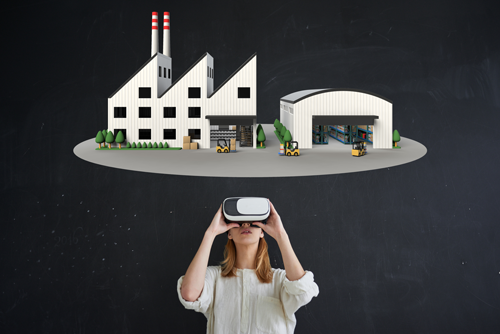
It seems like 2016 was the year of VR (virtual reality). Everywhere you turn in the news, some new VR headset has been released and new VR applications have been identified. The question many people have is whether it is ready for prime time with a product configurator.
Is virtual reality truly useful for product companies to sell build-to-order products?
Here are a couple of facts in favor of considering VR:
- There are a number of companies that are experimenting with VR in sales and, depending on the product segment, are seeing good results
- According to some sources, there is substantial sales of VR sales for real application (not games or early adopters).
Ideas to consider:
- Try VR first with first-person scenarios like a trade show or a show room. Either of these environments are well suited to having a dedicated kiosk with VR googles.
- For a broader marketing benefit you may want to consider utilizing smart phone VR. There are more smart phone VR devices (like Samsung's Gear VR or Google Cardboard) in the market than dedicated devices (like Oculus Rift). And furthermore, there are ways to create a VR-like environment on mobile devices that do not require anything more than the mobile device. See the application Fyuse for an example.
If your interest is piqued and you have a 3D product configurator then where do you go next? Currently, there are no technical standards that govern 3D product configurators so there will not be any VR solutions that will adapt to a variety of configurators. This means that either the vendor that offers the configurator will need to offer VR integration or that a custom software development project will be necessary.
The good news is that some 3D product configurator companies are offering a VR solution. Axonom is an example. Others, like IdeaRoom, will do VR integrations upon request. I recommend touching base with the vendor of your product configurator as a place to start.
Finally, let me throw in my own speculation. At this point in time (Dec 2016) I believe the scenarios that have the biggest marketing punch are the in-person scenarios; the trade show and show room scenarios. Just be sure your target-market demographics are open to the technology. If so, you can make quite an impression with VR googles and a high quality image. The rule of thumb is that if you can make the emotional connection with the consumer than the pragmatics will more easily follow.
